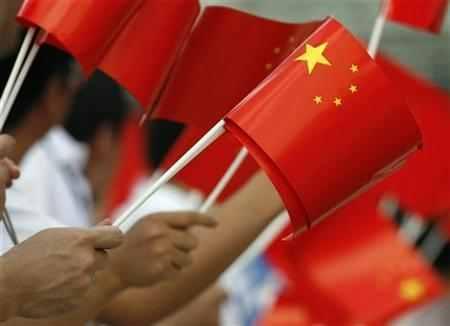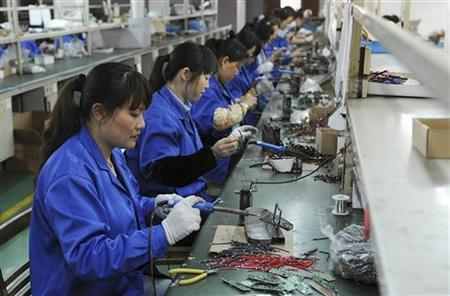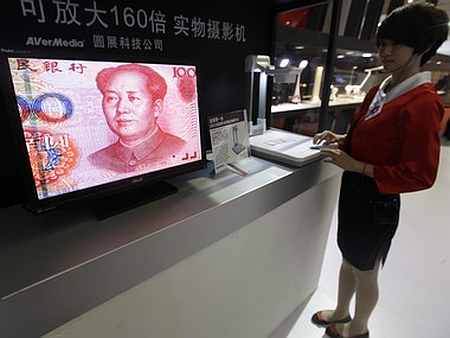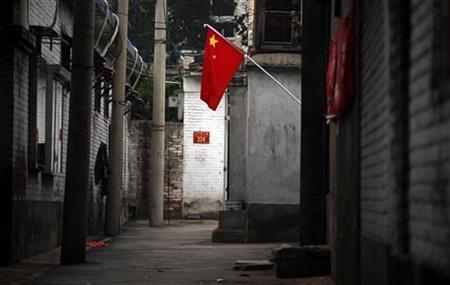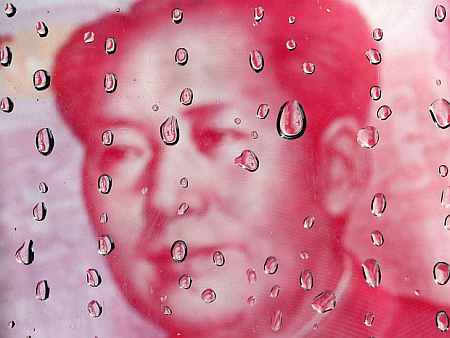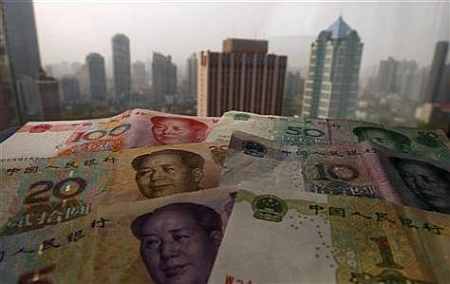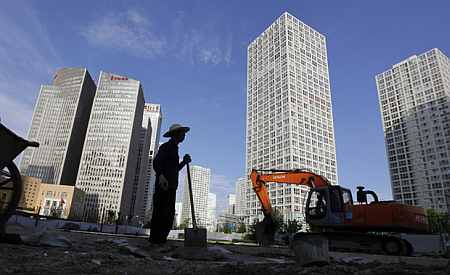 | « Back to article | Print this article |
How can China REBUILD its economy?
During three decades of favourable global economic conditions, China created an integrated global production system unprecedented in scale and complexity.
But now its policy makers must deal with the triple challenges of the unfolding European debt crisis, slow recovery in the United States and a secular growth slowdown in China's economy.
All three challenges are interconnected, and mistakes by any of the parties could plunge the global economy into another recession.
Click NEXT to read more...
How can China REBUILD its economy?
To assess the risks and options for China and the world, one must understand China's "Made in the World" production system, which rests on four distinct but mutually dependent pillars.
The first of these pillars, the China-based "world factory", was largely created by foreign multinational corporations and their associated suppliers and subcontractors, with labour-intensive processing and assembly carried out by small and medium-sized enterprises (SMEs) that have direct access to global markets through a complex web of contracts.
Starting modestly in coastal areas and special economic zones, the "world factory" supply chain has spread throughout China, producing everything from stuffed animals to iPads.
Click NEXT to read more...
How can China REBUILD its economy?
The "world factory" could not have been built without the second pillar: the "China infrastructure network", installed and operated mostly by vertically integrated state-owned enterprises in logistics, energy, roads, telecoms, shipping and ports.
This pillar relies heavily on planning, large-scale fixed investment and administrative controls; and its quality, scale and relative efficiency were strategic to Chinese competitiveness and productivity.
The third pillar is the "Chinese financial supply chain", which provided the financing needed to construct and maintain the infrastructure network. This supply chain is characterised by the dominance of state-owned banks, high domestic savings, relatively underdeveloped financial markets and a closed capital account.
Click NEXT to read more...
How can China REBUILD its economy?
The final pillar is the "government services supply chain", by which central and local officials affect every link of production, logistics, and financial networks through regulations, taxes or permits.
Most foreign observers miss the scale and depth of institutional and process innovation in this supply chain, which has managed (mostly) to protect property rights, reduce transaction costs, and minimise risks by aligning government services with market interests.
For example, Chinese local governments became highly adept at attracting foreign direct investment (FDI) by providing attractive infrastructure and supporting services that facilitate the expansion of global production chains.
Click NEXT to read more...
How can China REBUILD its economy?
With the onset of the current global crisis, and given dramatic changes in social media, demographics, urbanisation and resource constraints, all four pillars are now under stress.
Production chains are facing labour shortages, wage increases and threats of relocation to lower-cost countries. Meanwhile, global investors are questioning local governments' solvency.
Chinese experts are now debating a key governance question: which top-level architecture would enable the country to adopt the reforms needed to meet global and domestic pressures?
Click NEXT to read more...
How can China REBUILD its economy?
Investors are concerned about Chinese equities' erratic performance, regulatory risks and policy surprises, as well as the uncertainties stemming from greater volatility in asset prices, including property prices, interest rates and the exchange rate.
What makes the Chinese economy more difficult to read is the increasingly complex interaction of all four of its production system's components, with each other and the rest of the world.
First, favourable conditions for the growth of the "world factory" have begun to dissipate. Production costs – in terms of labour, resources, regulation and infrastructure – have been rising domestically, while consumption bubbles in the West have burst.
Click NEXT to read more...
How can China REBUILD its economy?
Second, the early success of "China infrastructure" was built on cheap land, capital and labour. But, despite modern infrastructure, logistical costs within China are 18 per cent of production costs, compared with 10 per cent in the US, owing to various internal inefficiencies.
Third, the success of China's financial system was built on state-owned banks' financing of large infrastructure projects and foreign financing of export production through FDI and trade.
The financial system has yet to address adequately the challenges of financial inclusivity, particularly funding of SMEs and rural areas, and exposure to excess capacity in selected industries.
Click NEXT to read more...
How can China REBUILD its economy?
Last but not least, the three pillars could not have remained standing without the anchor provided by the fourth.
Until now, its success was based on positive competition between local governments and different ministries, benchmarked according to performance indicators such as GDP and fiscal revenues.
Unfortunately, this has led to problems of social equity and environmental sustainability, which require complex co-ordination of bureaucratic silos in order to overcome the resistance of powerful vested interests.
Click NEXT to read more...
How can China REBUILD its economy?
There is general recognition and consensus that the path of reform requires profound re-engineering of all four pillars. First, the production chain must shift from export dependence towards domestic consumption.
Realigning China's infrastructure means emphasising quality over quantity, and reducing state ownership and controlled prices in favour of market forces. State orchestration should instead be focused on fighting corruption, reducing transaction costs, promoting competition, lowering entry barriers and removing excess capacity.
For the financial supply chain, the key is to address systemic risks and realign incentives in order to induce investors to support the engines of real economic growth, rather than the creation of asset bubbles.
Click NEXT to read more...
How can China REBUILD its economy?
The Chinese miracle was engineered by institutional and process innovation at all levels of the government services supply chain. China requires nothing less than another radical re-engineering to become a more balanced, socially equitable, and sustainable economy.
That process has already begun with another round of experimentation through three new Special Economic Zones in Hengqin, Qianhai and Nansha to pilot the emergence of a creative, knowledge-based services economy.
Of course, such an economy relies crucially on the quality of governance. The real challenge for Chinese officials is how to balance creativity and institutional innovation with order, thereby ensuring the integrity of all four of its economy's pillars.
The writers are at the Fung Global Institute, Hong Kong Project Syndicate.
